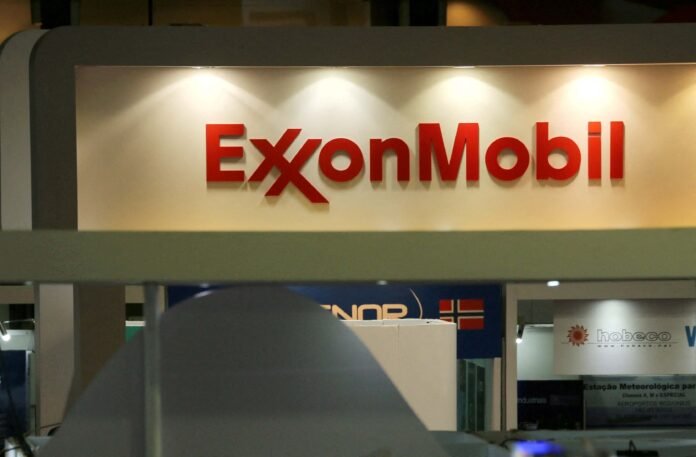In the wake of Chevron (CVX) and ExxonMobil’s (XOM) recent earnings disappointments, which stemmed from challenges in their oil refining and chemical units, financial experts are now shifting their focus to the potential benefits of the energy giants’ latest acquisitions.
On Friday, Chevron’s stock experienced a 5% decline as adjusted earnings per share came in at $3.05, falling short of consensus estimates of $3.71. Higher costs at the company’s international refineries weighed on profits, and weak natural gas prices in the U.S., down approximately 60% year-over-year, further contributed to the downturn.
ExxonMobil’s stock also dipped more than 1% after reporting earnings per share of $2.27, missing expectations of $2.36 due to challenges in its chemical products segment, where supply outpaced demand.

Despite these quarterly profit misses, experts like Jeremy Klingel, Senior Partner of Energy and Utilities at West Monroe, believe that the big oil companies have a long-term strategy that mitigates the significance of these short-term setbacks. He stated, “They’ve got the long game in mind, where this is going to be a highly profitable business into 2030.”
Exxon’s recent merger with Pioneer Natural Resources, valued at $60 billion, is set to make the oil giant the leading player in the U.S. shale oil sector by providing significant scale in the Permian Basin. Neil Chapman, Senior Vice President of ExxonMobil, expressed, “Based on our initial assessment, we expect our combined Permian production to increase to approximately 2 million oil-equivalent barrels per day by the end of 2027.”
Analyst Stewart Glickman from CFRA highlighted the potential for “15% cost synergies” post-acquisition and upgraded his rating on ExxonMobil from Hold to Buy. He also raised the price target by $8 to $121 per share.
Chevron’s recent acquisition of Hess, valued at $53 billion, grants the company a 30% ownership stake in Guyana’s oil and gas exploration, one of the most significant crude discoveries in the past decade. Analysts anticipate Guyana to produce over 1 million barrels per day by 2026.
Peter McNally, Global Sector Lead for Industrials, Materials, and Energy at Third Bridge, noted, “Looking forward, Chevron’s strong balance sheet and the acquisition of Hess should push production higher. The company continues to invest across all of its businesses — upstream, downstream, and in low carbon solutions while returning cash to shareholders.”
As oil prices remain above $83 per barrel, the energy industry is witnessing a surge in mergers and acquisitions (M&A) activity, as companies seek to expand their production. According to Klingel, acquiring existing assets is more efficient than pursuing new projects, which are time-consuming and capital-intensive.
Analysts foresee further consolidation in the industry, albeit perhaps not on the same scale as the Exxon-Pioneer and Chevron-Hess deals. Andrew Dittmar, Senior Vice President of Enverus, explained, “This was probably the last of mega-deals. What you’re probably going to see from here is more of the large independent companies, such as Devons, Marathons, and Coterras, looking at M&A. They may consider merging with one another or acquiring smaller-sized rivals.”
The oil and gas industry’s strategic manoeuvring in response to evolving market dynamics continues to draw attention from investors and industry observers.




